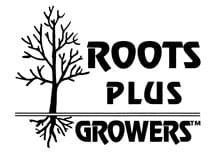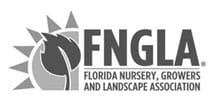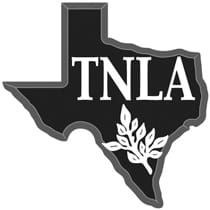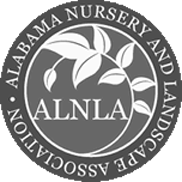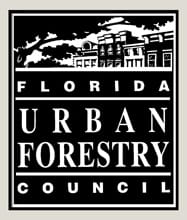After countless stories of developers filling wetlands and bulldozing vegetation, it’s easy to see why arguments often revolve around the environment versus development. Yes, there are occasions when developers replace Walden Pond with yet another strip mall. Development and urbanization have contributed to the degradation of natural systems worldwide, even affecting such distant areas as Antarctica. The demand for a choice between development or environmental protection obscures the fact that both are essential for society. Whether we like it or not, the urban landscape is changing and development continues to occur. The onus is on us, the planners and managers of resources, to strengthen the necessary link between quality or smart development and environmental protection.
Most people would agree that economic development is important for the survival and success of their community. At the same time, they may also advocate policies that promote environmental protection. This situation is complicated as the negative impacts of growth become more obvious and natural resources are depleted at exponential rates. This makes the balance between development and environment more difficult to achieve. “Smart development” or “smart growth” may make finding the balance easier, as the design of communities and the built environment allow natural systems to function similarly to pre-development conditions.
There are many encouraging trends in the nation’s development industry. The Michael T. Rose Development Company uses the concept of “eco-urbanism” in conducting their business. Eco-urbanism is an approach to land use and development that blends human habitat into the natural ecosystem. Recognizing that growth is necessary, eco-urbanism accommodates growth while minimizing land disturbance and maintaining the natural beauty of the land.
Buddy Milliken, a developer in North Carolina, believes that rather than being merely a place to live, work, shop, and play, neighborhoods should function within an ecological system. Milliken clusters development thus freeing land for wildlife habitat, forests, and agriculture. Clustering development also brings people physically closer together and encourages interaction, imperative for a functioning neighborhood.
The yet-to-be developed Haymount community in Caroline County, Virginia is planned with environmental and social goals in mind. For example, the site plan includes details about advanced wastewater treatment, including the use of constructed wetlands and other biotechnical measures. In order to increase sustainable agriculture in the region, Haymount will include a farmers’ market and an organic farm. The 1,600 acre residential and commercial site will have playgrounds and parks in each neighborhood. Native plant species will be used in the landscaping and 70% of the land will be left in its natural state. While examples such as those listed above are occurring at an increasing rate, much improvement is still needed to reconcile environmental protection with development. Presently, many incentives exist to build sprawling development fueled by federal and state highway expansion and guaranteed mortgages for single family houses, but not multi-family or mixed-use development. These incentives often result in low density development that eliminates public open space and natural areas.
Led by Peter Calthorpe and others, many planners advocate environmentally sensitive types of development. Calthorpe argues that nature should provide the order and underlying structure of the metropolis. Estuaries, mountains, and rivers form natural boundaries that can lend a unique character and identity to neighborhoods and communities, however, the building of sustainable communities cannot occur without long-term regional planning efforts. Planning predominately occurs at the local level where regional impacts of development are often ignored. Looking beyond political boundaries is essential in thinking about sustainable development.
Increasingly, the success of environmental protection efforts depends on the level of involvement and sophistication of local government. As the state of the knowledge improves and the causes of environmental problems are identified, it is clear that local government must participate in the improvement of natural systems. As this trend continues, many local governments, understanding the inflexibility of existing regulations, are amending local ordinances to provide developers with opportunities to be innovative and creative.
There is a common misperception that environmentally sensitive development costs more money. As studies have shown, there is actually a savings to the developer to build higher density residential developments. These savings are realized through lower excavating, landscaping, grading, and paving costs, as well as savings in road building, storm drainage and water and sewer service. Similar cost savings are achievable in commercial development as well.
Prince George’s County, Maryland actively promotes an innovative development technique they call “low impact development.” Recognizing the difficulty in complying with numerous and complicated regulations and regulatory agencies as well as the fact that current development practices tend to create the mess and then clean it up, Prince George’s County developed an environmentally sensitive approach to development. Low impact development promotes the preservation of natural resources and the hydrologic function of the site, maintaining water quality, and minimizing site disturbance. The county currently provides developers with opportunities to learn about how low impact development techniques can save time and money through workshops.
In an attempt to promote the concepts of smart growth, the US EPA is in the process of organizing a workshop to highlight cost-effective, best management practices for infrastructure and development. The goal is to reach a nontraditional EPA audience that may not see itself as having a role in water quality issues or in delivering environmental services. Real estate developers, bankers, lenders, and other financiers; architects and landscape architects; transportation, urban, and environmental planners; engineers; port authorities; utilities; and historic preservationists will all be recruited for their participation in this workshop. Announcements with more detailed information will be available in late spring.
While the choice to continue to develop has been made, the type and quality of development is open for debate. Planners and natural resource managers should encourage smart development. By promoting environmentally sensitive development we can save our critical habitats and landscapes and encourage economic development.
For more information about the upcoming workshop, contact Jessica Cogan, US EPA OCPD, 499 South Capitol Street, SW, Washington, DC 20003, Phone: (202) 260-7154.
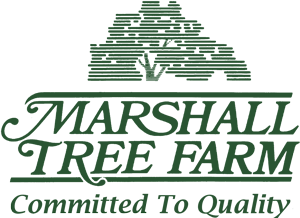
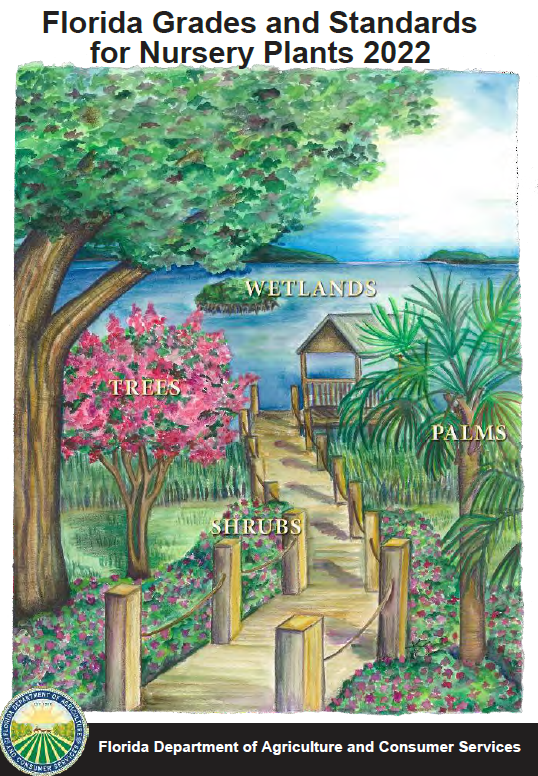

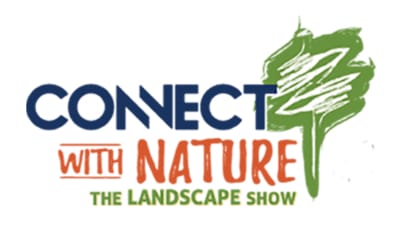

 The new Florida Grades and Standards for Nursery Plants, 5th Edition, is complete and ready to be downloaded! The manual’s electronic online format allows DPI to insert minor corrections and additions when needed. The last revision was in 1998 – 17 years ago. DPI will convene an ad-hoc working group to review the manual again in five years. This 5th Edition of the Florida Grades and Standards for Nursery Plants went into effect September 1st, 2015. FNGLA and many leading members proudly worked with DPI during 2014 and 2015 to update the Grades and Standards. FNGLA salutes DPI for its stewardship in making available this updated and electronic industry bible for Florida’s nursery and landscape businesses!
The new Florida Grades and Standards for Nursery Plants, 5th Edition, is complete and ready to be downloaded! The manual’s electronic online format allows DPI to insert minor corrections and additions when needed. The last revision was in 1998 – 17 years ago. DPI will convene an ad-hoc working group to review the manual again in five years. This 5th Edition of the Florida Grades and Standards for Nursery Plants went into effect September 1st, 2015. FNGLA and many leading members proudly worked with DPI during 2014 and 2015 to update the Grades and Standards. FNGLA salutes DPI for its stewardship in making available this updated and electronic industry bible for Florida’s nursery and landscape businesses!